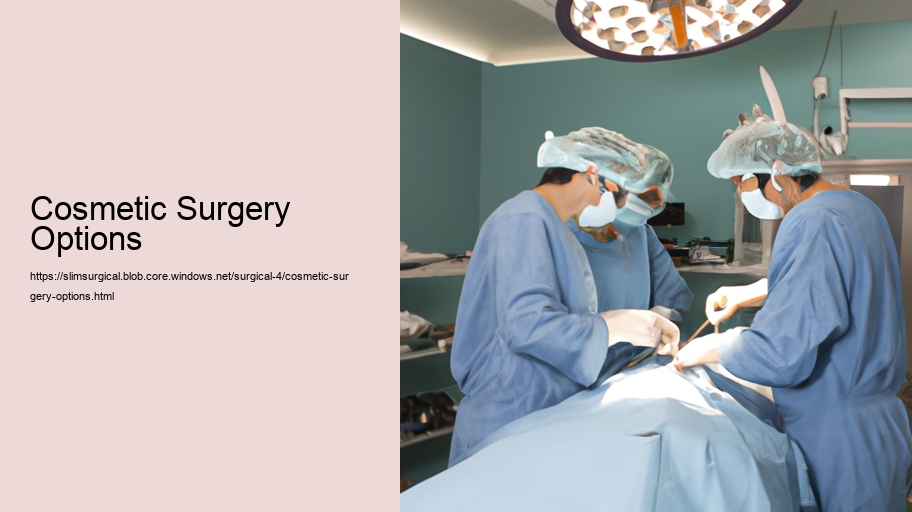Cosmetic Surgery Options: An Exploration of Aesthetic Enhancement
In a world where the perception of beauty continuously evolves and the pressure to meet certain aesthetic standards seems omnipresent, cosmetic surgery has emerged as a formidable industry. It offers a plethora of options for individuals seeking to enhance their appearance, correct perceived flaws, or reverse the signs of aging. This essay delves into the myriad of cosmetic surgery options available, exploring the motivations behind choosing such procedures and the implications they hold for individuals.
Cosmetic surgery, also known as plastic surgery, can be broadly categorized into two types: surgical and non-surgical procedures. Surgical procedures are invasive interventions that require incisions and often involve a period of recovery. Non-surgical procedures are typically less invasive, with minimal recovery time and are often seen as a less drastic approach to aesthetic enhancement.
One of the most commonly pursued surgical options is breast augmentation. This procedure aims to increase the size, shape, or fullness of the breasts using implants. Women may choose this surgery for various reasons, including improving self-esteem, restoring breast volume lost after weight reduction or pregnancy, or achieving a more balanced figure.
Rhinoplasty, or a nose job, is another popular surgical procedure. It involves reshaping the nose to improve its appearance or to correct issues that impair breathing. This surgery can have a profound impact on a person's facial harmony and, as a result, their self-confidence.
Facelifts are sought to combat the signs of aging. By tightening muscles, removing fat, and trimming excess skin, a facelift can give a more youthful and refreshed appearance. Eyelid surgery or blepharoplasty is another anti-aging option that removes the sagging skin around the eyes, reducing the tired look.
Liposuction is a procedure designed to remove excess fat from specific body areas resistant to diet and exercise, such as the abdomen, hips, thighs, and arms. This is not a weight-loss solution but rather a contouring method for those who wish to refine their silhouette.
On the non-surgical front, injectables like Botox and dermal fillers have taken center stage. Botox works by temporarily paralyzing muscles to reduce the appearance of facial wrinkles, while fillers add volume to tissues, smoothing out lines and restoring fullness to areas such as the cheeks and lips.
Chemical peels, microdermabrasion, and laser treatments are skin resurfacing options that improve the texture, tone, and clarity of the skin. These procedures are less invasive and can address issues like acne scars, age spots, fine lines, and sun damage with a quicker recovery time compared to surgical alternatives.
While the allure of cosmetic surgery is undeniable for many, it's crucial to consider the motivations behind the decision to undergo such procedures. Often, individuals look to cosmetic surgery to boost confidence, align their outer appearance with their inner self-image, or to conform to societal standards of beauty. It's essential to approach these options with realistic expectations and a clear understanding of the potential risks and limitations.
Moreover, the choice of a qualified and experienced surgeon is paramount. A thorough consultation should precede any decision to proceed with surgery, ensuring that the individual is fully informed of the benefits, risks, and potential outcomes.
In conclusion, cosmetic surgery offers a wide array of options for those seeking aesthetic enhancement. Whether it's through surgical intervention or non-invasive treatments, the possibilities are extensive. It's a deeply personal journey that requires careful consideration and professional guidance. With the right approach, cosmetic surgery can be a powerful tool for individuals to achieve their desired appearance and, by extension, a greater sense of self-satisfaction and well-being.
